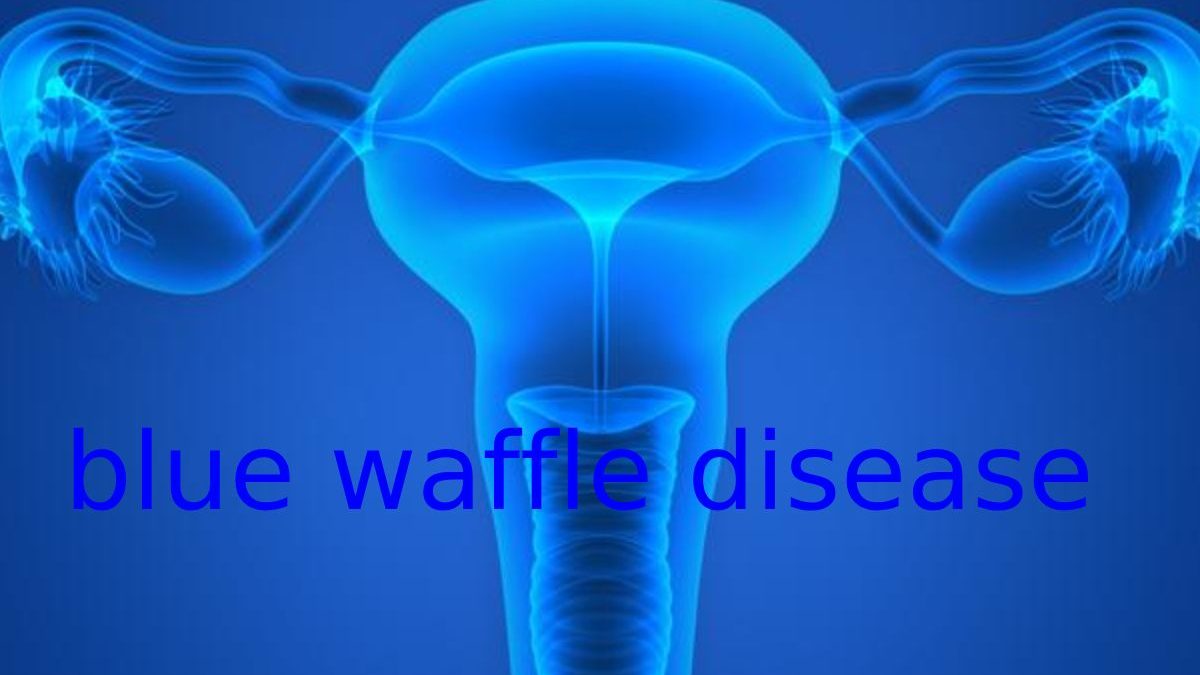Table of Contents
Blue Waffle Disease Picture Twitter: Debunking the Viral Hoax
Have you seen shocking blue waffle disease pictures on Twitter or other social media? 🧐 Let’s clear the air: this condition doesn’t exist. In this guide, we’ll explain why these images go viral, how to spot fakes, and what real sexual health issues you should focus on.
What Is Blue Waffle Disease?
A fake STI that spread through manipulated images and false claims The term “waffle” is slang for the vagina, and the hoax claimed that women with several sexual partners would develop the condition, which turns their genital area blue. The myth was spread through shocking images and false symptoms, such as:
- Blue discoloration of the vulva
- Itching, burning, and discharge
- Lesions and sores
But there’s no disease like that. Medical experts have long denounced this myth as a misogynistic hoax meant to frighten and shame women.
The Role of Twitter in Spreading Misinformation
Twitter, which is now X, is a hotbed for misinformation, as exemplified by the Twitter blue waffle disease picture trend. The platform’s rapid-fire pace makes it simple for false claims to spread like wildfire.
Researchers found that, in 2024, false information spread more rapidly on Twitter than true information, and it was often the result of the false information eliciting strong emotions such as fear or disgust. The myth of blue waffles is a perfect case study of how false information can cascade out of control, even well after a hoax’s original source was debunked
Why Do People Believe the Blue Waffle Hoax?
The blue waffle myth persists for several reasons:
- Shocking visuals: The doctored photographs are vivid and disturbing, making them difficult to ignore.
- Lack of sex education: Lack of correct knowledge regarding sexually transmitted infections might lead to mistaken beliefs.
- Social media algorithms: Platforms like Twitter prioritise content that gets strong reactions, even if it’s false.
Real STIs vs. Blue Waffle Disease
While blue waffle disease is fake, real STIs are a serious concern. Here’s a comparison of the hoax symptoms with those of actual STIs:
| Symptom | Blue Waffle (Fake) | Real STIs (e.g., Chlamydia, Gonorrhea) |
| Blue discoloration | Yes | No |
| Itching or burning | Yes | Yes |
| Discharge | Yes | Yes |
| Sores or lesions | Yes | Yes (e.g., herpes) |
If you experience any of these symptoms, consult a healthcare professional instead of relying on social media.
How to Spot Misinformation on Twitter
With so much false information online, it’s crucial to know how to identify credible sources. Here are some tips:
- Check the source: Is it from a reputable health organisation or medical professional?
- Look for evidence: Are there scientific studies or expert opinions backing the claim?
- Be sceptical of shocking content: If something seems too outrageous, it probably is.
The Importance of Sex Education
The blue waffle hoax highlights the need for better sex education. Many people turn to the internet for answers because they lack access to accurate information. Comprehensive sex education should cover:
- Real STIs and their symptoms
- Safe sex practices
- The importance of regular testing
By educating ourselves and others, we can combat myths like blue waffle disease and promote healthier attitudes towards sexual health.
FAQs About Blue Waffle Disease
- Is blue waffle disease real?
No, blue waffle disease is a hoax. It is not a real STI or medical condition.
- Why does the myth persist?
The myth persists due to shocking visuals, lack of education, and the viral nature of social media.
- What should I do if I see blue waffle content on Twitter?
Report the content as misinformation and share credible sources to help educate others.
- How can I protect myself from real STIs?
Practice safe sex, get regular STI tests, and consult a healthcare professional if you have concerns.
- Where can I find reliable sexual health information?
Trusted sources include the NHS, CDC, and reputable health websites like WebMD and Verywell Health.
Conclusion
Blue waffle sickness image The Twitter trend is a harsh reminder of how rapidly misinformation spreads online. By keeping educated and relying on reputable sources, we can keep ourselves and others safe from dangerous falsehoods. Remember that sexual health is vital, and proper knowledge is the most effective tool for staying safe.
Let’s work together to combat misinformation and promote a healthier, more informed world. 🌍💙

